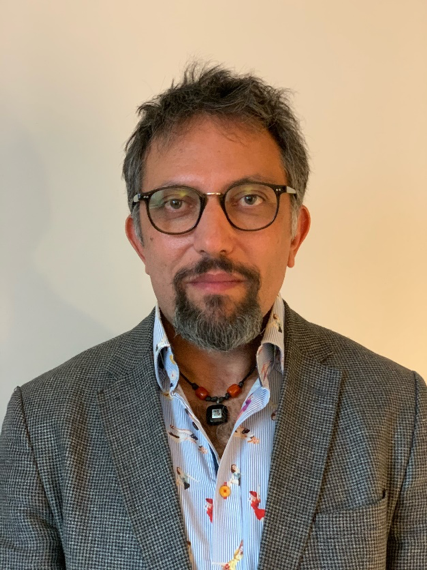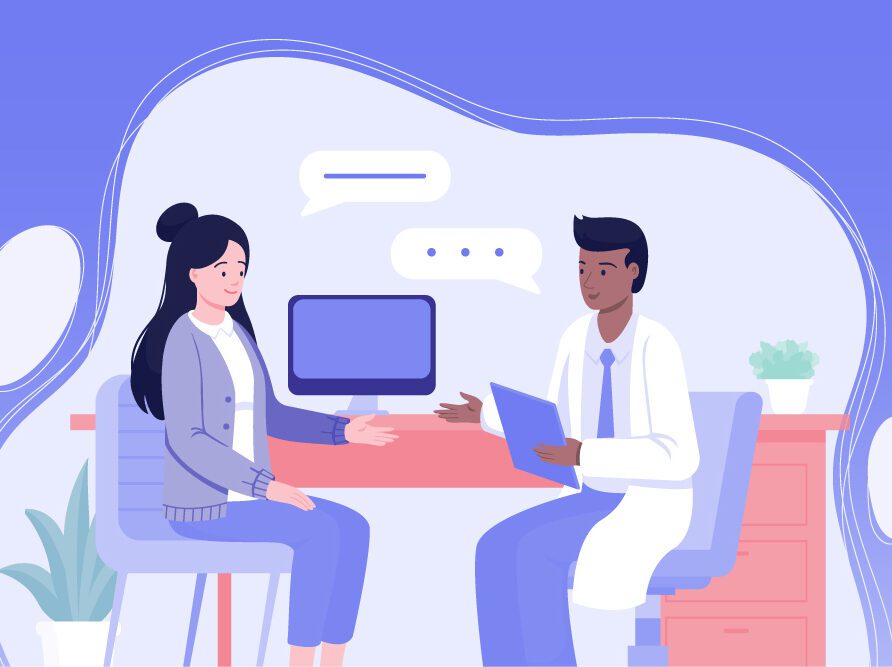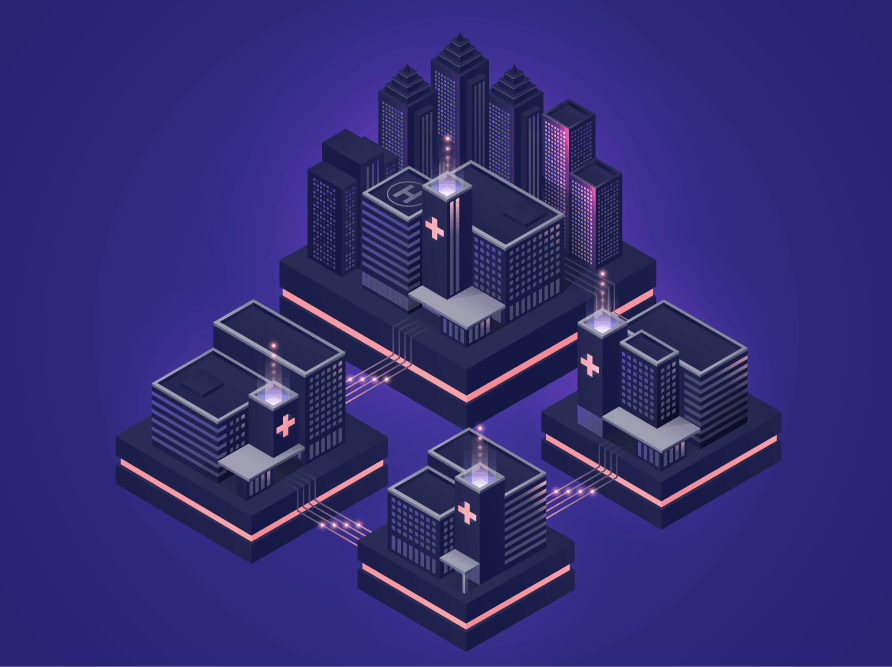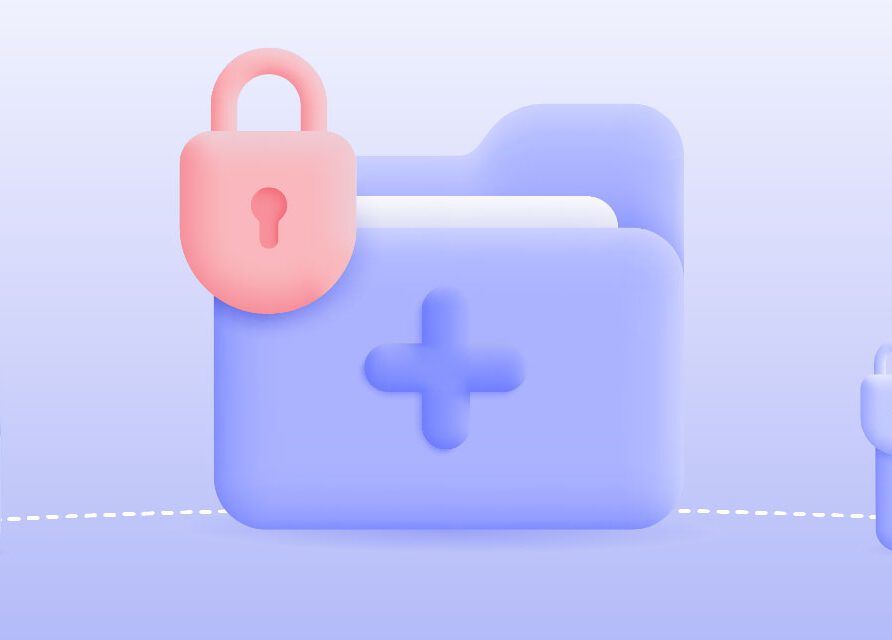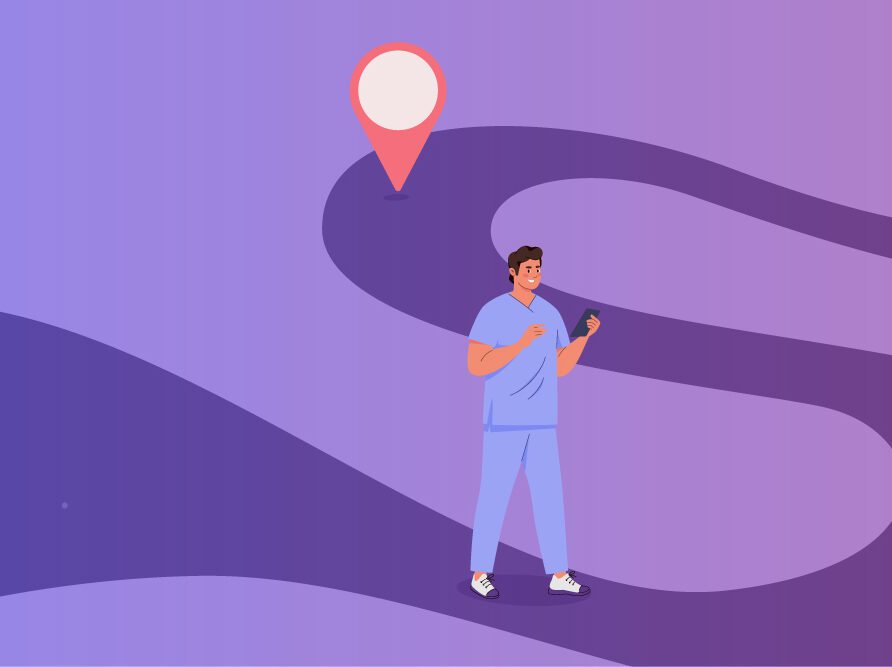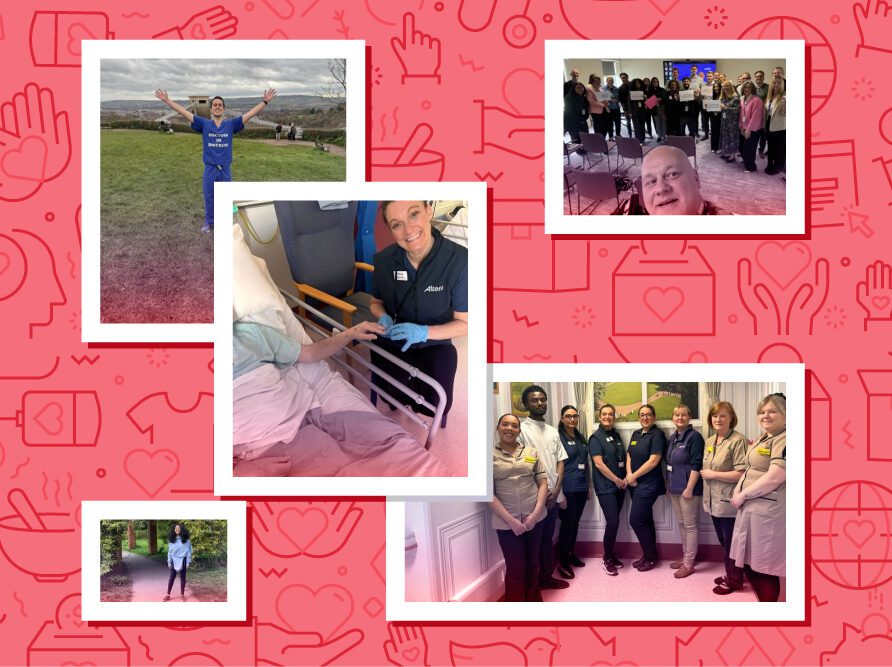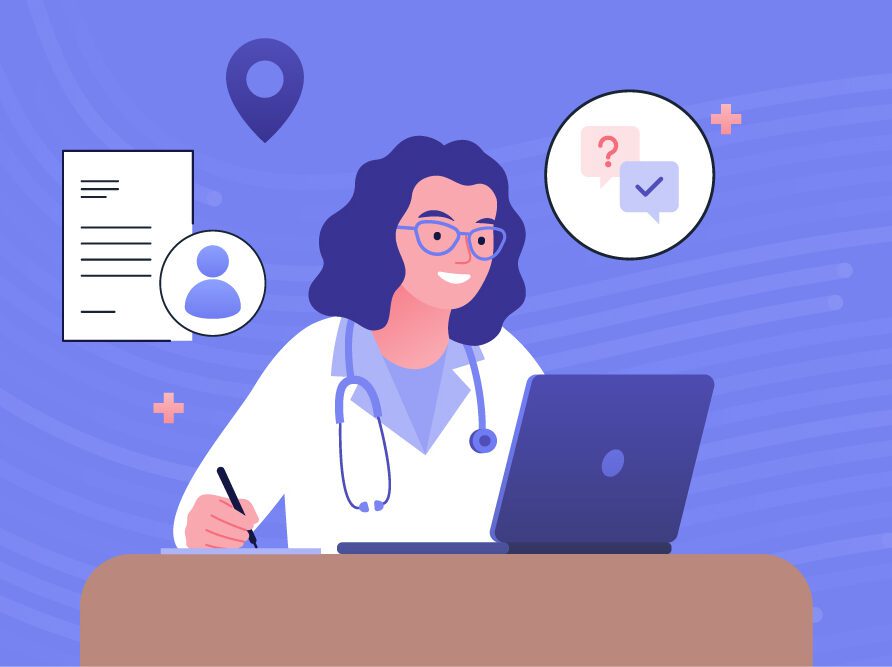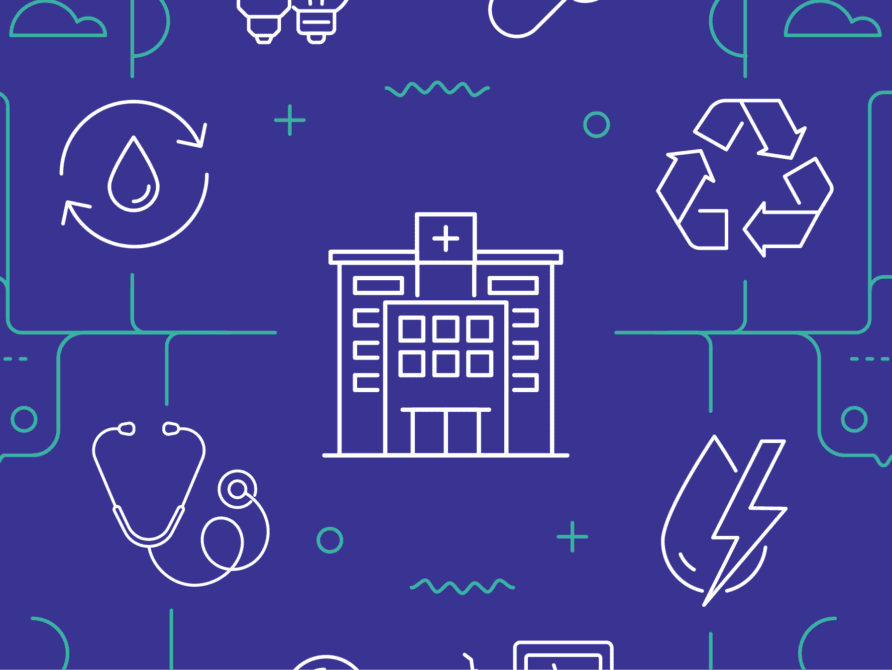Article
Using Human-Centered Design to address burnout in healthcare
* This content was originally published prior to N. Harris Computer Corporation’s 2022 acquisition of the Allscripts Hospital and Large Physician Practice business segment. Our business is now known as Altera Digital Health.
Pressure on clinical staff is felt across the globe—something I have personally witnessed during my clinical practice over the last two years. Healthcare staff remain very busy and stressed. They are exhausted, both physically and emotionally, and this is leading to clinical staff shortages everywhere.
This general burnout has caused an exodus of clinical staff, in particular nursing staff. To compound matters, more than 115,000 nurses have died from COVID-19 according to the World Health Organization (WHO). Many who have continued working are looking to retire early. In fact, the number of healthcare workers intending to retire in the near future has doubled to 20–30% globally. In the US, 18% of healthcare workers have quit their jobs during the pandemic, with another 12% laid off for various reasons. Of those still in clinical practice, 31% are considering leaving.
The result of all this is that for those of us practicing, it is becoming increasingly more challenging to care for our patients. I believe the greatest pressure is felt by the more junior staff members due to having less experience while also being asked to do a lot of the day-to-day work across all healthcare disciplines, in particular the acute. If we add the stress of being made to work in unfamiliar areas to cover the gaps and the fatigue of long hours, clinical risk can only go up.
What can we do to make things better?
First, there is investment. The US plans to invest $100 million to address the healthcare shortage. In the UK, the National Health Service (NHS) is trying to plug the gap by looking for recruits from around the world, in particular the Philippines and India. Unfortunately, both of these examples are unsustainable, expensive and (I suspect) not enough to cover the shortages. In addition, it can also worsen the shortages in less developed countries by pulling away their healthcare workers.
Secondly, we can build technology to our advantage. As a healthcare professional, one of the reasons I enjoy working in the ER is because of the clinical environment. A big part of that environment is the tools or solutions we use when not actually focusing on our patients. Central to most of us is the EPR/EMR. The solution should be quick to access, used with minimal training and be a pleasure to use.
For solutions to be successful, they must also work within the clinical workflows to support and not hinder processes. They have to offer a more efficient way of doing things, and this has to apply to all the common actions that clinical staff perform every day, such as reviewing notes, requesting investigations and using artificial intelligence to support alerts.
By offering an efficient, user-friendly solution that is easy to work with, we can start to tackle the ongoing fatigue we are witnessing. Such a solution would reduce burnout and clinical risk and it would go a long way in reducing the pressures felt in the current clinical environment.
Key to this is designing solutions using Human-Centered Design. We need to create these solutions not for clinical staff, but with clinical staff. The solutions need to be easy to use, they need to support your clinical workflow and, of course, they need to have proven clinical decision support (CDS). I would go as far to say that they need to start incorporating AI in their CDS. Finally, they also need to be mobile.
I am lucky enough to not only work at Allscripts, but to also use Sunrise™ in my clinical practice. However, I am very excited and really looking forward to the next evolution of Sunrise, due to the incorporation of Human-Centered Design. This will give users such as myself a digital solution built to work around the way I work, rather than having to adapt around the solution. It will also bring AI into the workflow and, hence, support users by offering suggestions to consider in the workflow. I believe this new iteration of Sunrise will be the beginning of a bright future for healthcare and healthcare IT.

